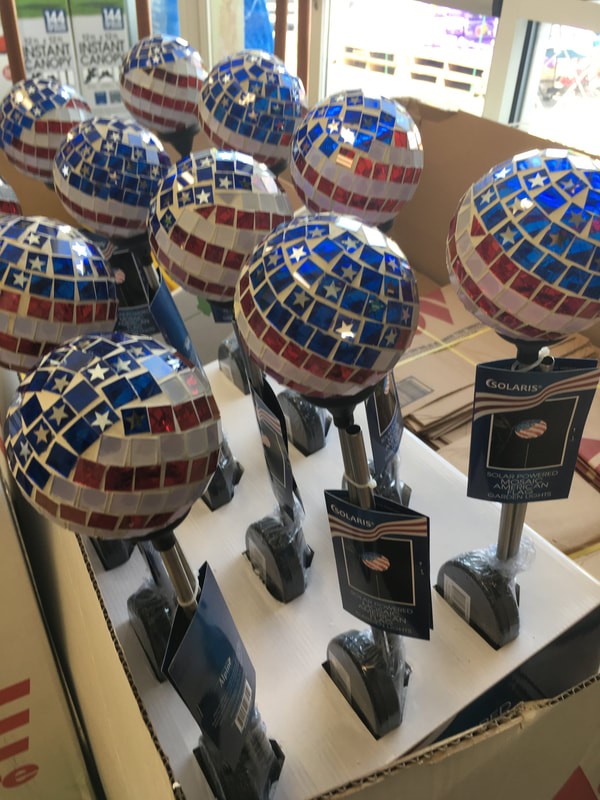from Chapter 6. What Is It Made of? in The Sculptor's Eye: Looking at Contemporary American Art, by Jan Greenberg and Sandra Jordan, 1993, Delacorte Press NY
|
Sculptors have always known that the way light falls on a sculpture and the shadows cast by its shapes and forms become part of the effect of the sculpture.
from Chapter 6. What Is It Made of? in The Sculptor's Eye: Looking at Contemporary American Art, by Jan Greenberg and Sandra Jordan, 1993, Delacorte Press NY Colors, like shapes, have their own associations.
from Chapter 6. What Is It Made of? in The Sculptor's Eye: Looking at Contemporary American Art, by Jan Greenberg and Sandra Jordan, 1993, Delacorte Press NY Touching a sculpture, like moving around it, activates our experience of it. Unless the material itself has sharp or jagged edges and warns us away, only a "DON'T TOUCH" sign prevents us from responding to this urge. Luckily, we perceive texture with our eyes as well as our hands.
from Chapter 6. What Is It Made of? in The Sculptor's Eye: Looking at Contemporary American Art, by Jan Greenberg and Sandra Jordan, 1993, Delacorte Press NY Photo taken in The Morgan Library & Museum, NY NY You can make art out of anything:...
from Chapter 6. What Is It Made of? in The Sculptor's Eye: Looking at Contemporary American Art, by Jan Greenberg and Sandra Jordan, 1993, Delacorte Press NY Photo taken on Peter Pan Bus Lines bus Lines. We stand in them to go to the movies. We draw them on paper. We learn them for plays. We dare people to cross them. We stay inside them for basketball or tennis. It might therefore be expected that in sculpture the word line has several different meanings.
from Chapter 4. Space...And What Is In It, in The Sculptor's Eye: Looking at Contemporary American Art, by Jan Greenberg and Sandra Jordan, 1993, Delacorte Press NY Photo taken in NYC on the eve of Pride 2018 |
Categories |






 RSS Feed
RSS Feed